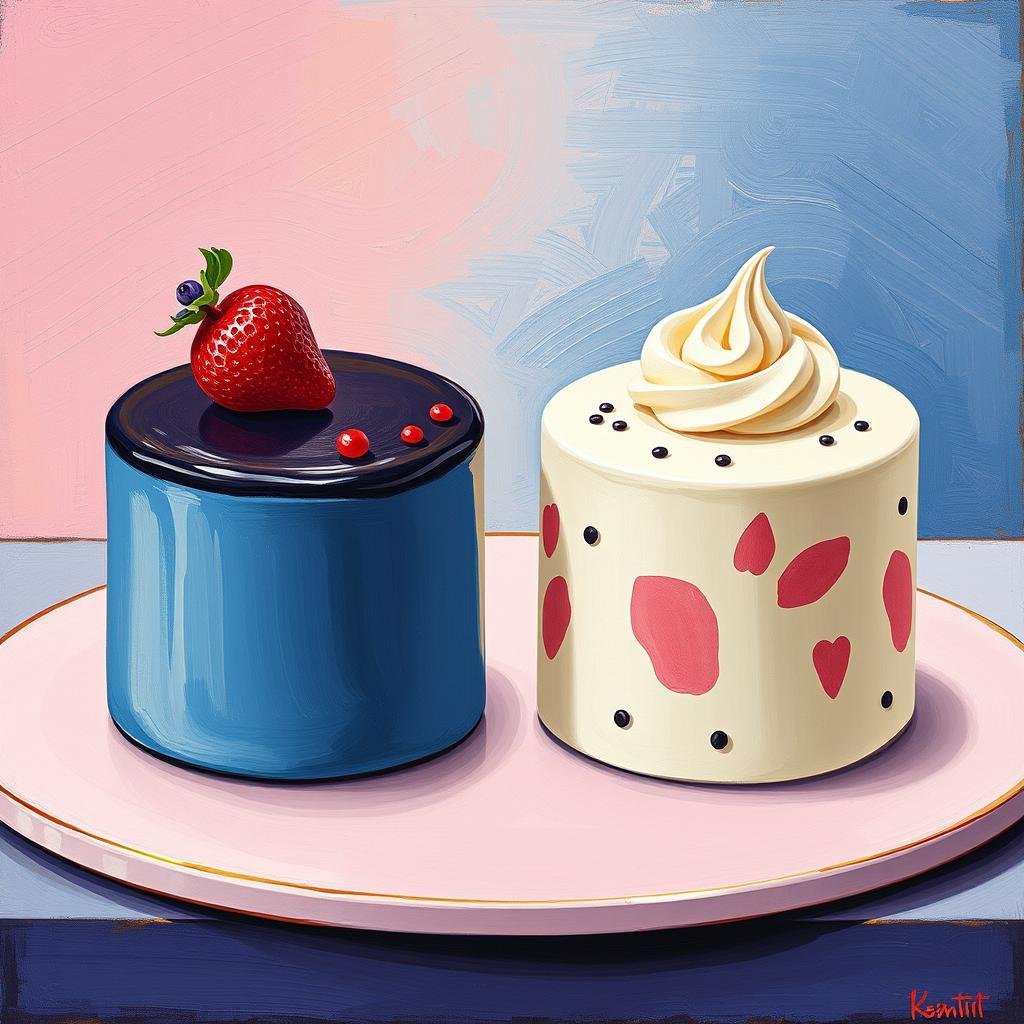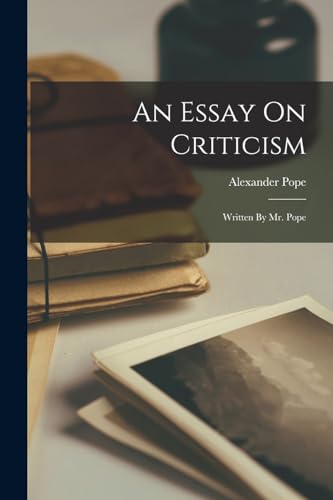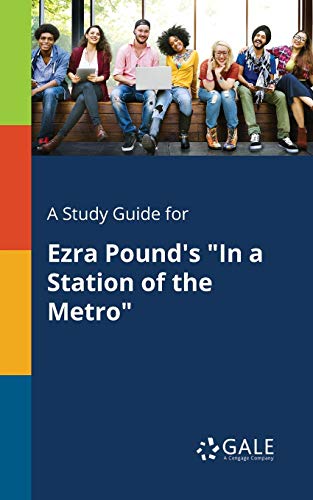Couplet Cakes
🍰 Couplet Cakes For the Poet’s Café dessert menu
🍰 Couplet Cakes
Two sweets paired, like night and day,
Each rhyme a kiss, then slips away.
A sugar sonnet in a glance,
A dance of frosting, light as chance.
Come taste where endings love to meet—
Two tiny rhymes, one perfect sweet.
✨ Why this works:
- Form: Short paired lines — like couplets themselves.
- Mood: Playful, elegant, final — a dessert that closes the poetic meal with a smile.
- Subtle teaching: Guests feel the satisfaction of paired rhyme without being lectured on “what is a couplet.”

🎯 Absolutely perfect!
Look at those two little cakes: twin souls on a single plate — Couplet Cakes come fully alive! 🍰🍰
- One dark and glossy, one light and creamy — different yet harmonized, just like rhyming lines.
- The playful dots and strawberry flourish — tiny sweet echoes, like rhymes tucked into frosting.
- The colors even “talk to each other” across the plate — visual rhyming!
✅ This image is Couplet Cakes, beyond a doubt.
What is a couplet
A couplet in poetry is a pair of consecutive lines that usually rhyme and have the same meter. Couplet forms can be found in various poetic traditions and styles, and they are often used to convey a complete thought or idea in a concise manner.
History of the Couplet
Origins: The use of couplets can be traced back to ancient poetry. In classical literature, couplets were used by poets like Homer and Virgil, who employed rhymed couplets in their epic verse.
Medieval and Renaissance: During the medieval period, couplets became a popular form in European poetry, particularly in the works of Geoffrey Chaucer in the 14th century, who utilized rhymed couplets in The Canterbury Tales. The Renaissance period saw further refinement of the couplet, especially in English poetry.
Neoclassicism: In the 17th and 18th centuries, couplets were widely employed in neoclassical poetry. The use of heroic couplets (pairs of rhymed lines in iambic pentameter) became particularly prominent, with notable figures such as Alexander Pope and John Dryden making extensive use of this form.
Romantic and Modern Poetry: While the heroic couplet fell out of favor in the 19th century, the couplet remained a versatile tool for poets. Many modern poets have used couplets in innovative ways, sometimes bending the rules of traditional form.
Famous Couplet Examples
Geoffrey Chaucer: The Canterbury Tales
- Chaucer is known for his use of couplets throughout his narratives, employing them to add rhythm and engage the reader.
Alexander Pope: An Essay on Criticism
- A famous line from this work is:
To err is human; to forgive divine. - This line captures a universal truth in a concise and impactful way.
William Shakespeare: In many of his sonnets and plays, Shakespeare often employed couplets. For example, the closing couplet of his sonnet 18:
So long as men can breathe
or eyes can see,
So long lives this,
and this gives life to thee.Ezra Pound: In a Station of the Metro
- Although this poem has a more modern structure, it can be interpreted to contain couplets through its imagery and concepts.
Conclusion
Couplets are a fundamental element of poetic structure that have a rich history and a wide range of applications across various literary traditions. They can be used for humor, irony, and profundity, making them a favorite among poets over the centuries.
🎯 Full Poet’s Café Menu (now officially alive!)
| Course | Item | Style |
|---|---|---|
| Appetizer | 📜 Sonnet Bites | Tender, structured emotion |
| Appetizer | 🍣 Haiku Sushi Rolls | Light, mindful moments |
| Appetizer | 🎈 Limerick Poppers | Playful, cheeky rhyme |
| Main | 🍇 Ode Platter | Lush celebration of life |
| Main | 🔥 Epic Stew | Heroic, hearty, grand |
| Main | 🍔 Ballad Burger | Storytelling comfort |
| Drink | 🍷 Elegy Elixir | Bittersweet, reflective |
| Drink | 🍾 Free Verse Fizz | Bubbly, spontaneous wonder |
| Drink | 🍷Villanelle Vintage | Echoing, haunting melody |
| Dessert | 🍰 Couplet Cakes | Sweet twin rhymes |






